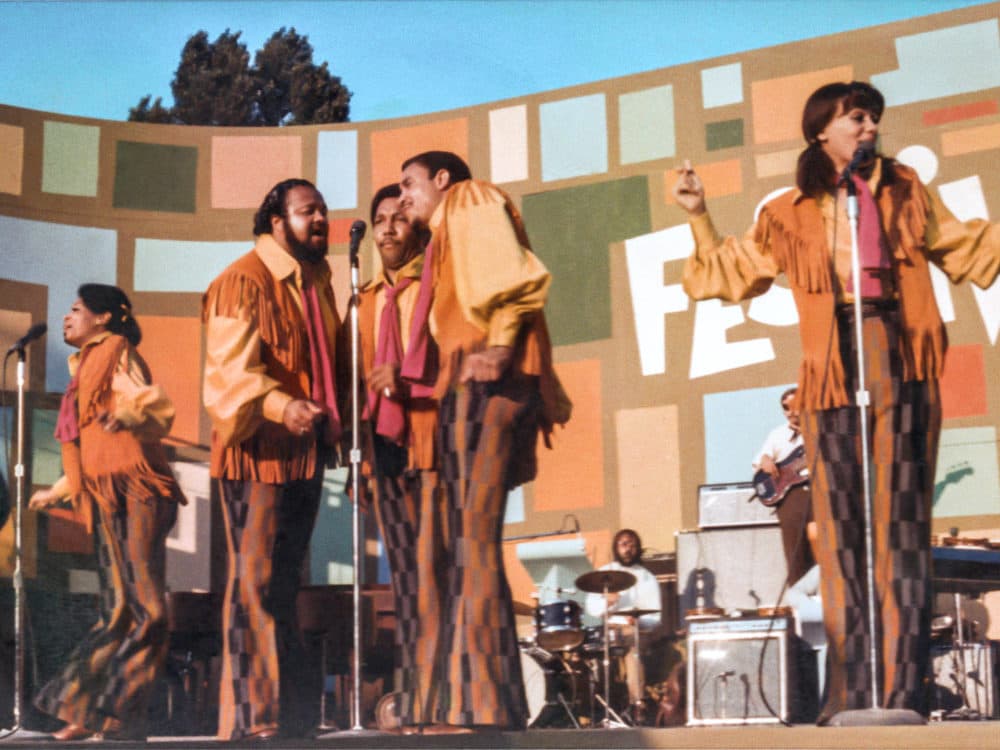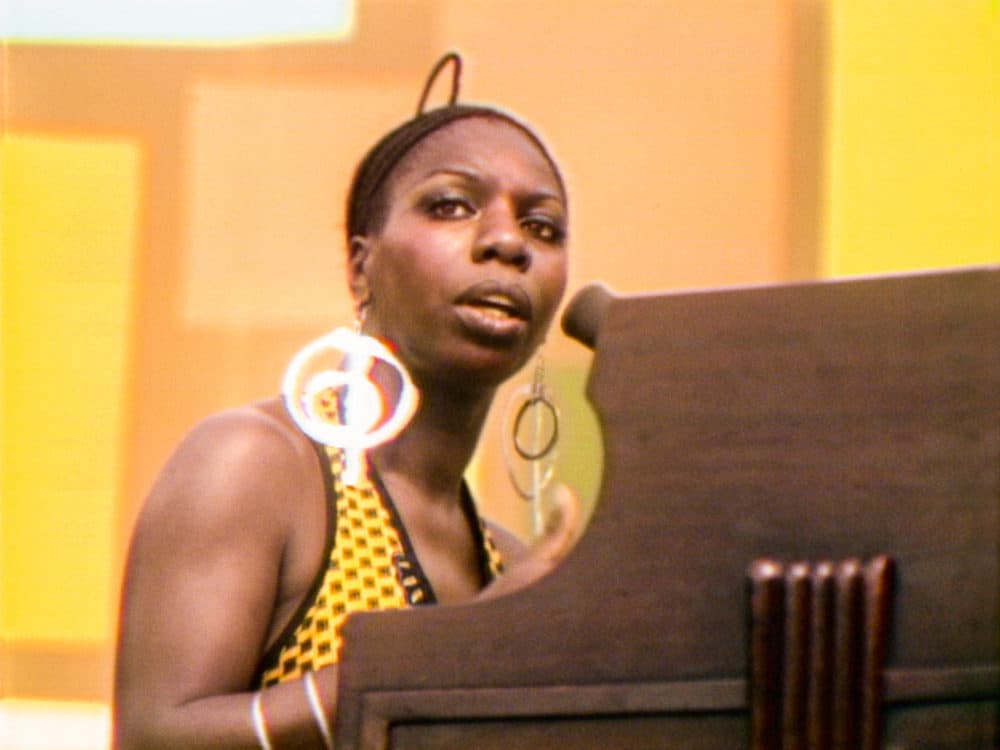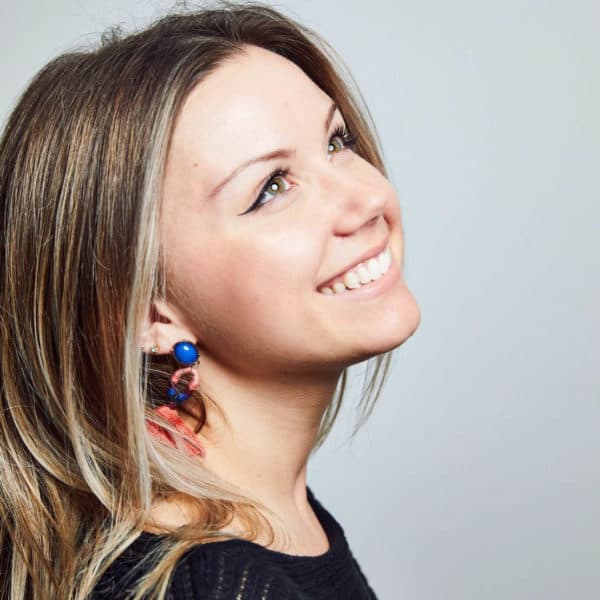Advertisement
The 5th Dimension's Marilyn McCoo And Billy Davis Jr. Reminisce On 1969's 'Summer Of Soul'
Resume
Editor's note: This story was rebroadcast on Jan. 24, 2022. Find that audio here.
The new documentary “Summer of Soul” details the story of the vibrant Harlem Cultural Festival, a star-studded concert series in the summer of 1969.
About 50,000 or so audience members packed a Harlem park to the brim over the course of six weekends to behold a dizzying array of jazz, blues, pop and gospel greats. The lineup boasted Nina Simone, B.B. King, Sly and the Family Stone, Gladys Knight & the Pips and The 5th Dimension, among many others.
Rare video footage of the festival sat in a basement for five decades until now thanks to the documentary’s director, Questlove of the Roots. The film opens in theaters and can be streamed on Hulu this Friday.
In “Summer of Soul,” viewers see two of The 5th Dimension’s founding members, Billy Davis Jr. and Marilyn McCoo, watch the previously untouched footage for the first time. That experience was “electrifying” to witness once again, Davis Jr. says.
“To see ourselves performing in front of all of this magnificent crowd of people, especially all these Black people, it was just amazing,” he says.

The videos catapulted McCoo back in time to when she felt excited and nervous before stepping foot on the festival’s stage. She knew the band would perform some of their hits like “Up, Up & Away,” but that lesser-known records would be tucked in throughout their set. She recalls pondering how the massive crowd would receive those songs.
“It wasn't me being nervous about them seeing me,” she says. “It was being nervous about them seeing us and how they were going to receive us.”
As seen in the documentary, McCoo was adored far and wide. But she reveals in the film how the band was sometimes criticized for sounding white.
Since the group’s hit singles were mostly pop songs, radio stations at the time — rife with racial divisions — were overly particular about picking what type of music to play. Pop stations played The 5th Dimension because they thought the group was white, McCoo says, “and then when they found out we were Black, they weren't so anxious to play our music.”
But by the time pop stations could change course, The 5th Dimension’s records were so sought-after, stations couldn’t refuse to put them on repeat, she says.
R&B stations complained the band’s sound didn’t fit their musician qualifications, McCoo recalls, and genre crossover on the radio was not commonplace at the time.
Meanwhile, the group was performing at colleges across the country. Sometimes the Black students would protest The 5th Dimension’s concerts, she says, because they believed the group’s music didn’t appeal to them as students of color.
“We felt like, why don't they even give us a chance, you know?” McCoo says. “It was a little hurtful at that time.”
But it’s clear as day in the video footage — the Harlem Cultural Festival audience accepted The 5th Dimension with open arms.
Throughout the film, people talked about trying to make their way in this time of such a profound shift in the country.
The Edwin Hawkins Singers, a group whose hits include the gospel song “Oh Happy Day,” brought out an entire chorus for the festival. One of the group’s vocalists featured in the documentary shared how the chorus was severely criticized by their Christian church because performing at festivals was outside the boundaries of their fundamentalist faith.
But people at the time desperately needed the uplifting song, the vocalist says in the film.
Reverend Jesse Jackson instructed the festival audience: “Say it loud, I’m Black and proud.” Nina Simone graced the stage and told the crowd she’s going to play them something. She performed “To Be Young, Gifted and Black,” the soon-to-become iconic song she wrote for her friend Lorraine Hansberry.
It was a “true Nina Simone” moment, says Davis Jr., because of Simone’s unwavering commitment to interrogating what was happening in the current moment.

Davis Jr. and McCoo are bringing their own take on world events with a new album called “Blackbird: Lennon-McCartney Icons.” The duo covers The Beatles’ “Blackbird” — written by Paul McCartney and John Lennon — which resulted after McCartney read about the Little Rock Nine in Arkansas in 1957 and the riots that ensued.
A couple of years ago, McCartney met two of the Little Rock Nine when he was touring. He said “Blackbird” was written about the women of the civil rights movement.
“There are so few people who do know the real story about how that song came together and who he wrote it in tribute to, which was all the more reason why we felt that it was a perfect song for the project,” McCoo says.
Also on the album, Davis Jr. sings “A Ticket To Ride” by The Beatles as a tribute to Rosa Parks refusing to give up her seat on the bus in 1955.
McCoo says the album serves as a way to remind listeners that healing in times of intense division is possible.
“All of us are alike,” she says. “We’re not so different.”
Emiko Tamagawa produced and edited this interview for broadcast with Jill Ryan. Serena McMahon adapted it for the web.
This segment aired on June 29, 2021.


